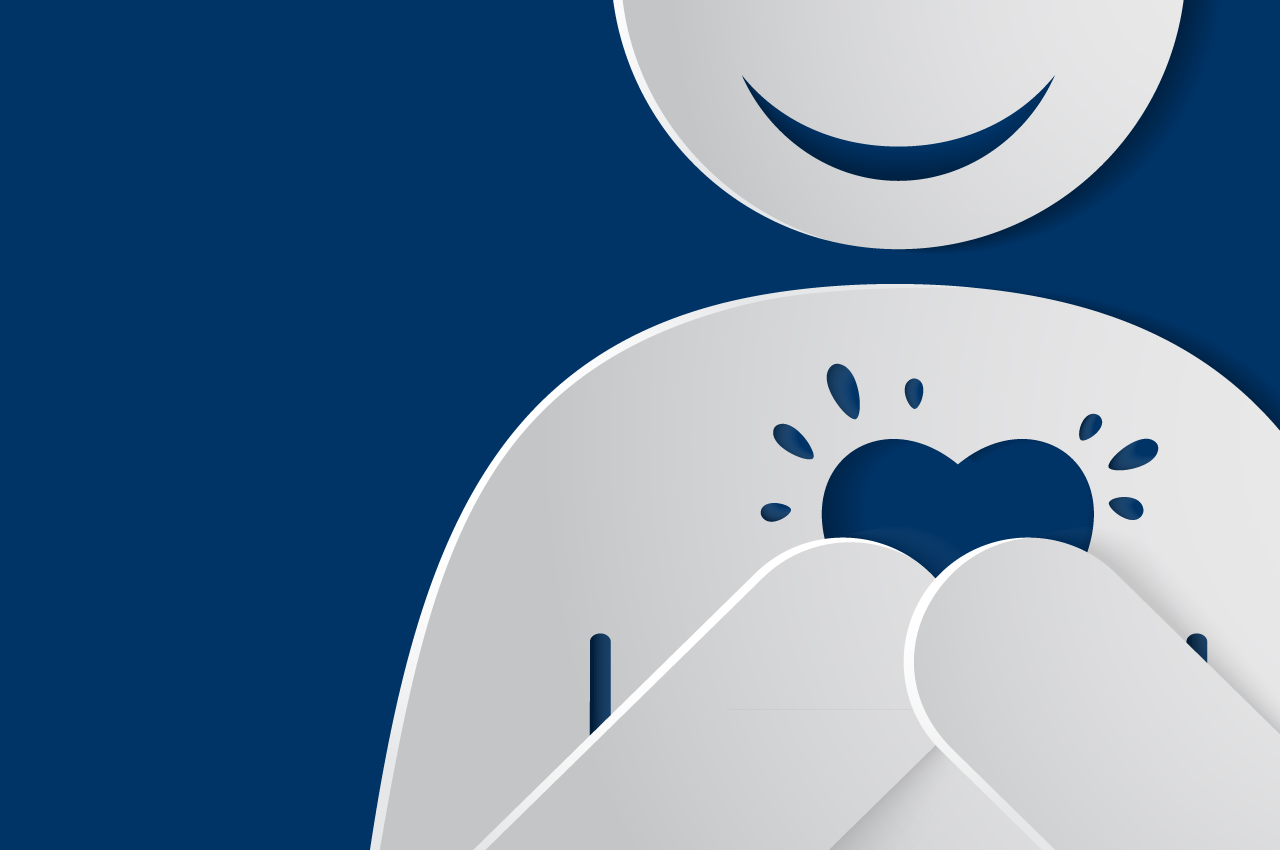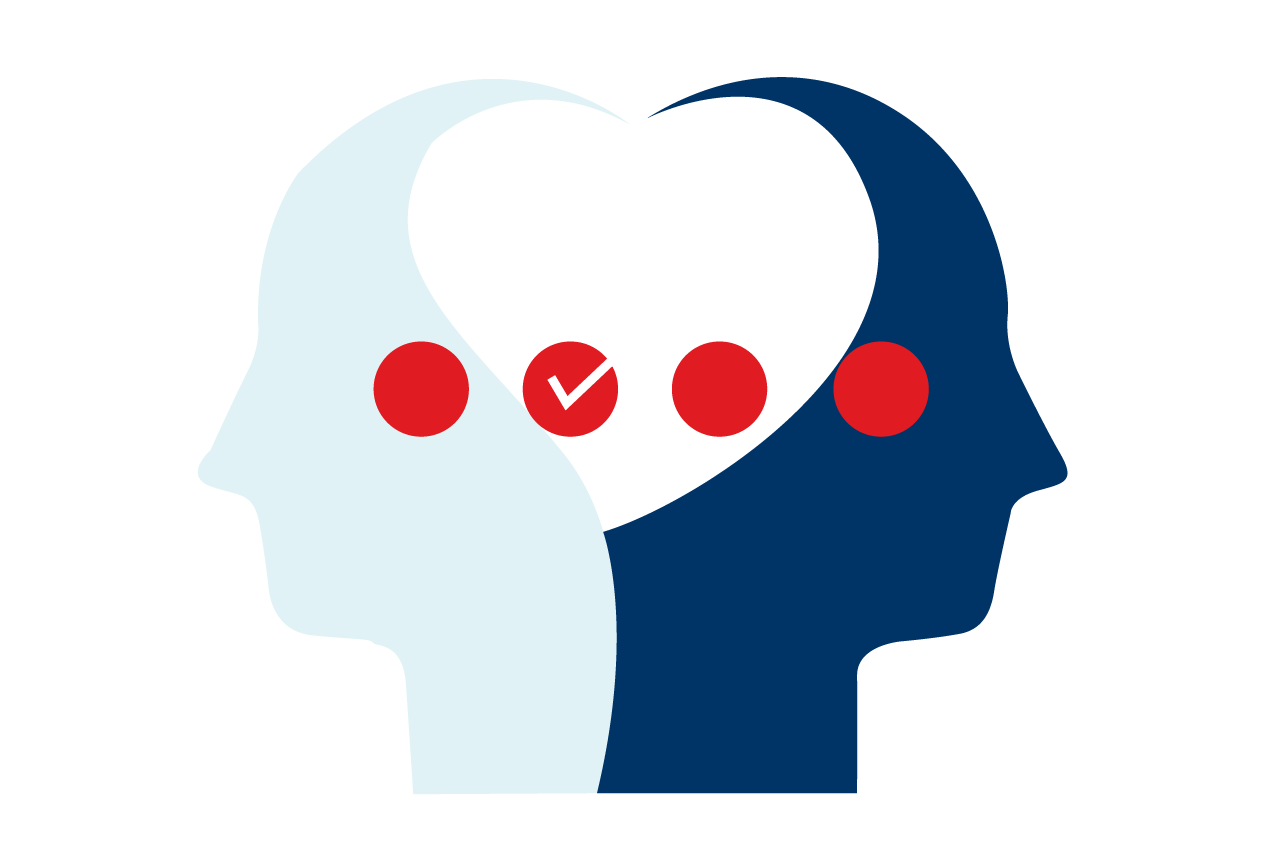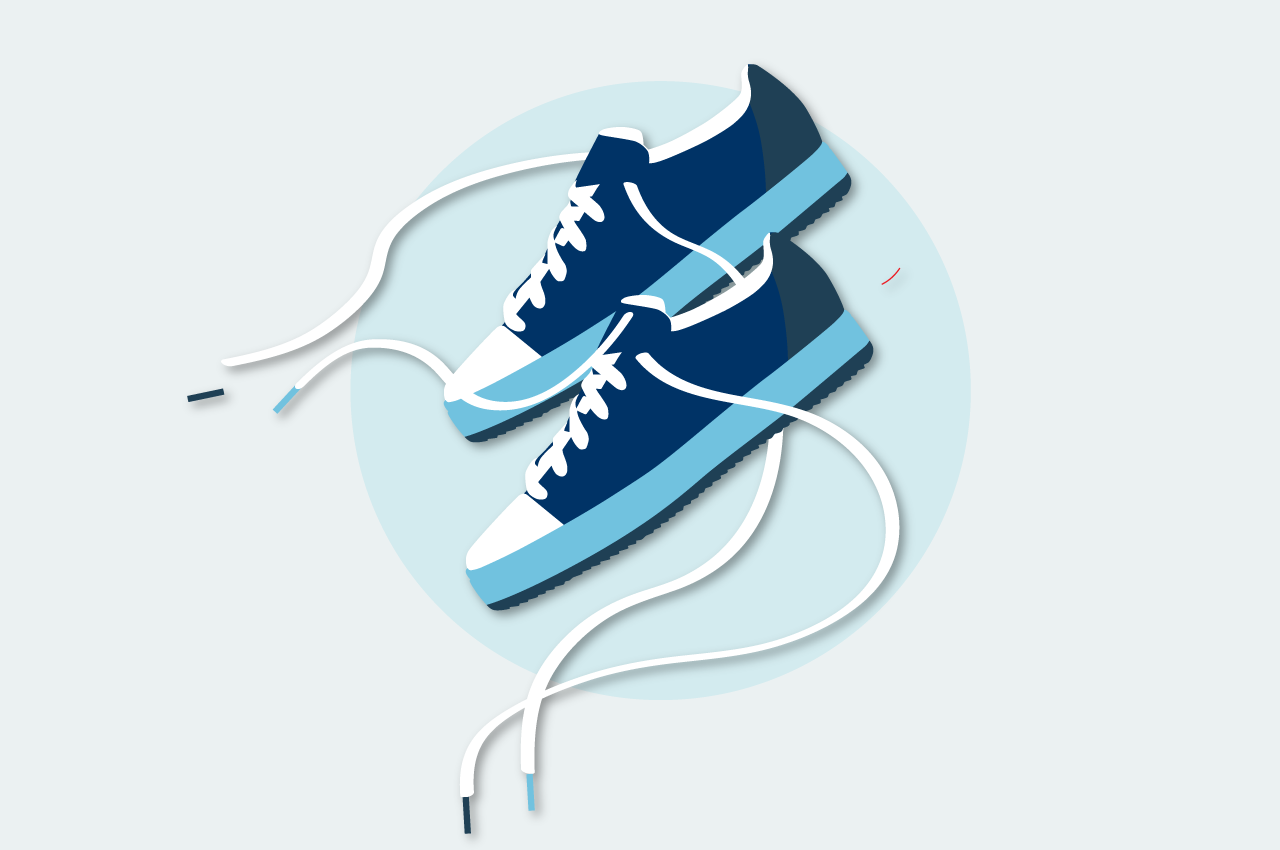The holidays are but a distant memory, life is busier than ever, and healthy habits have been placed distinctly on the backburner. Excuses like “I’m so tired”, “I just don’t have the time” and “I’ll start being healthy once I’ve got through month-end” are all too common. The truth is that you’re never too busy to live a healthy lifestyle, but there are a few tricks of the trade that can help you make it easier.
Everyone has the power to make, or change, a routine. The exercise you do, the foods you eat and how early to get into bed, are all daily habits. Combined and done on a day-to-day basis, these routine habits have a significant impact not only on your physical health but also on your productivity and happiness.
There are times when there doesn’t seem to be an extra minute to spare in the day, let alone an hour for exercise. But here is something to consider: it’s YOU who are in control of your daily schedule. When your healthy routines are disturbed like your routine of exercise, or preparing home cooked meals, it’s harder to maintain them as a priority. That’s when it becomes easier for your health to start taking second place. So, the key is to become more aware when you start slipping and get back on track before it starts spiraling out of control.
There are obviously exceptions to this, but the message is to be as consistent as you can when it comes to your daily routine – especially when you exercise and when you go to sleep.
Here are 5 ways to ensure your health stays a priority:
- Be realistic. If your workload has doubled, time is obviously an issue. But keeping an eye on your health like going to bed 1 hour earlier, or making sure you take a packed lunch to work are still doable. These small changes twill help to keep your head clear and your body healthy.
- Exercise in the morning. This ensures you get your activity in without having to reschedule for unplanned events like a last-minute meeting request.
- Shop for healthy food on the weekends, and cook in advance. No-one wants to be cooking at 9pm after a long day. Plan ahead and keep meal sized containers of home cooked meals in your fridge or freezer, ready to go.
- Eat for energy. Stick with food choices that don’t give you physical, mental and emotional highs and lows. Go with real food choices and keep a stash of nuts and biltong in your desk for emergencies!
- Perfect the art of saying NO. By prioritizing your healthy needs, you will ensure you keep the opportunity to cook more at home, make your exercise session, and catch up on those missed hours of sleep!
They say that time is money, and they are right.
The more time you spend taking care of your own health, the less money you’ll have to spend trying to fix it!
References:
- Lifestyle medicine: the future of chronic disease management.
Kushner RF, Sorensen KW. Curr Opin Endocrinol Diabetes Obes. 2013 Oct;20(5):389-95. | Doi: 10.1097/01.med.0000433056.76699.5d. PMID: 23974765.












